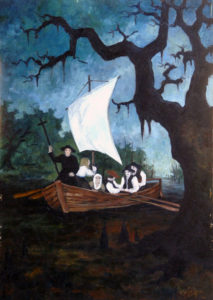Architecture
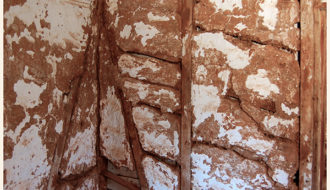
Bousillage
Bousillage, a mixture of clay and straw or Spanish moss used for insulation, is a distinguishing feature of Louisiana's architectural past.

Bousillage, a mixture of clay and straw or Spanish moss used for insulation, is a distinguishing feature of Louisiana's architectural past.
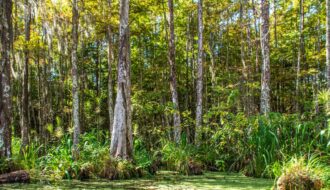
A self-emancipated maroon who lived in the swamps surrounding New Orleans during the 1830s, Bras Coupé has developed a powerful folkloric following.
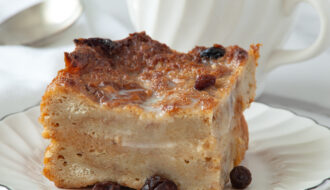
Stale loaves of bread get a sweet rebirth in this popular baked dessert.
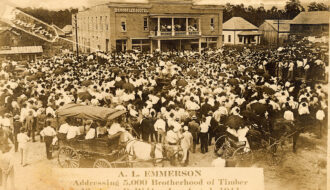
An integrated labor union violently suppressed by lumber barons.

Charles "Buddy" Roemer III served as the governor of Louisiana from 1988 to 1992.
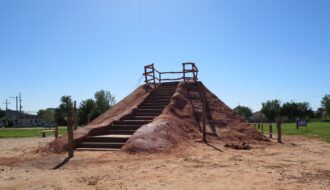
An Indigenous name for the area most often known in English as New Orleans.
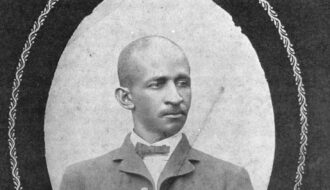
Caesar Carpentier “C. C.” Antoine served as lieutenant governor of Louisiana from 1873 to 1877, one of only three individuals of African descent to hold the office during Reconstruction.
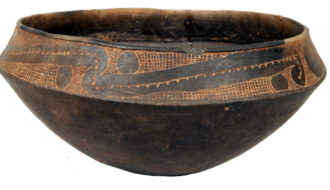
This entry covers prehistoric Caddo culture during the Late Woodland and Mississippi Periods, 900–1700 CE.
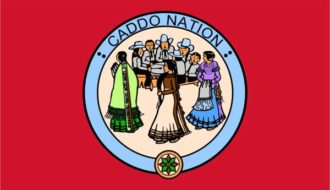
The Caddo Indian Treaty of 1835 between the Caddo people of northwestern Louisiana and the US government resulted in a protected American boundary with Mexico, the relocation of the Caddo from Louisiana to Indian Territory (now Oklahoma), and the establishment of present-day Shreveport.
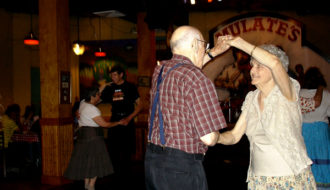
Cajun dance halls–salles de danse– are live music venues where dancing, courtship, and community building transpire.
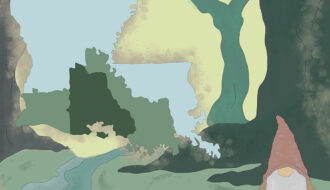
Cajun Folktales are heavily influenced by French, West African, Caribbean, Acadian, German, and American South oral traditions.
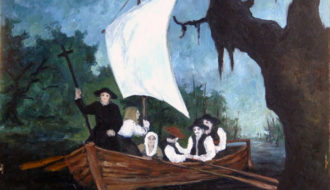
Cajuns are the descendants of Acadian exiles from what are now the maritime provinces of Canada–Nova Scotia, New Brunswick, and Prince Edward Island–who migrated to southern Louisiana.
One-Year Subscription (4 issues) : $25.00
Two-Year Subscription (8 issues) : $40.00
